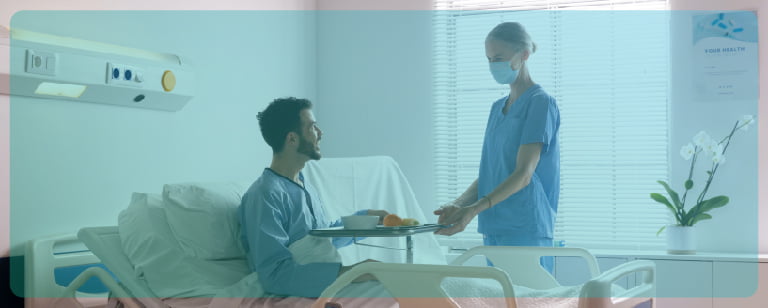
3 Ways A Hospital Room Service Software Increases Efficiencies
Introduction
Hospitalisation is a stressful part of the healthcare journey for patients of all ages. This is because of the unpleasant hospital environment and losing control over their day-to-day lives. Patients and their loved ones deeply care about convenience, comfort, and accessibility during their hospital stay.
A hospital’s room service facilities play a crucial role in improving patients’ overall healthcare experience. Additionally, a study shows that room service can also influence outcomes by increasing the nutritional intake among patients. On the flipside, inefficiency in hospital room service can affect patient experience and the quality of patient care.
The good news is technology solutions such as hospital room service software can fix a lot of these everyday hospital room service issues. This blog explains the three ways in which hospital room service software increases efficiencies and helps enhance workflows.
Key Learning Points
- A hospital room service digitalises room service requests and enables tracking of closures
- It makes it easy for anyone to raise a request and helps monitor the quality of service
- It addresses a key inefficiency in room services, which is poor human resource management
- Implementing hospital room service software can reduce the staff burden, better distribute the workload and improve a hospital’s environment and hygiene
What is a Hospital Room Service Software?
The Healthcare industry has been rapidly transforming and becoming more competitive with emerging technologies. Hospitals are going the extra mile to provide a personalised patient experience. Technologies such as hospital room service software can help hospitals stand out from the crowd.
A hospital room service software allows digitalising of room service requests and facilitates tracking of closures. It makes it easy for anyone, including patients, to raise room service requests. It also simplifies things for administrators by allowing them to track any delays in the closure of requests and also the quality of room service delivered.
Hospital room service software provides a high level of flexibility to patients and hospitals alike. The hospital room service software facilitates timely resolution of hospital room service issues and reduces patients’ frustration. It also allows hospitals to reduce labour and operating costs while enabling their staff to work more efficiently and productively. And a key highlight is it can create a memorable patient experience, leading to increased patient loyalty.

Three Ways a Hospital Room Service Software Increases Efficiencies
Here are the three ways a hospital room service software can help improve efficiencies within the in-patient department.
Reduces Staff Overload
As we know, nurses are an integral part of the healthcare system. They hold many responsibilities, including caring for patients, administering medicines, communicating with doctors, and many more.
Surprisingly, nurses spend 30 minutes per day dealing with non-nursing related requests. They have to spend a lot of time on indirect care, such as attending to requests for electrical work, housekeeping, and other non-clinical patient needs. This reduces the time nurses spend in direct patient care.
A hospital room service software can considerably reduce the time spent by nurses on non-clinical activities. This way, nursing staff can focus more on the clinical tasks where their attention is truly needed.
Additionally, hospital room service software can also ease the workload of administrative managers who have to deal with complaints related to room service inefficiencies. A smart hospital room service software provides them with data to analyse room service inefficiencies and guide corrective action.
Improves the Division of Labor
Optimal staffing levels at hospitals are linked to overall health outcomes, patient satisfaction, and readmission rates. If the right duties are assigned to the relevant staff, it can ensure an equitable work distribution. Otherwise, nurses and other staff get distracted and burnt-out by performing tasks not a part of their role.
Enabling each staff to complete their own tasks can create a highly positive impact in a hospital. By doing so, hospitals can increase patient-facing time, maximise staff productivity and improve the overall quality of patient care.
Even though on paper, hospitals define the duties of every staff member, on paper but in reality, the work distribution is not tracked. A hospital room service software ensures that room service-related activities are assigned only to the housekeeping staff.
Improves the Hospital’s Environment and Hygiene
Think of a time when you had a bad housekeeping experience in a hotel room. You must have ranted about your experience to your friends and family, or you might have even left a negative online review for that hotel.
Similarly, one bad impression at a hospital can negatively affect patient loyalty and can drive people away from your hospital. Unsatisfactory room cleanliness is a common grouse for patients and a key determinant of patient satisfaction. Hence, maintaining high standards of cleanliness is essential for any hospital. A hospital room service staff helps housekeeping staff track that every cleanliness request has been addressed as per patient’s satisfaction.
BestDoc Concierge is a unified patient room and service management solution for hospitals. The software is designed to provide exceptional IP patient service while keeping costs in check. This solution can significantly improve patient satisfaction levels and operational productivity.
Discover more about BestDoc Concierge
5Mins Read
Author | Gayatri Vernekar




